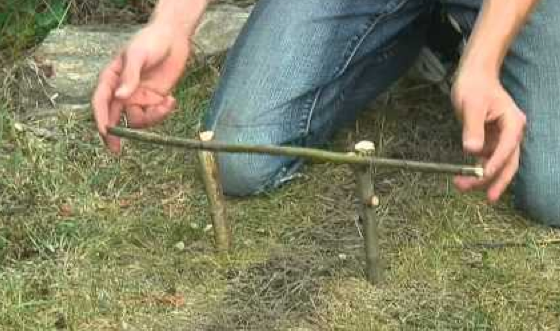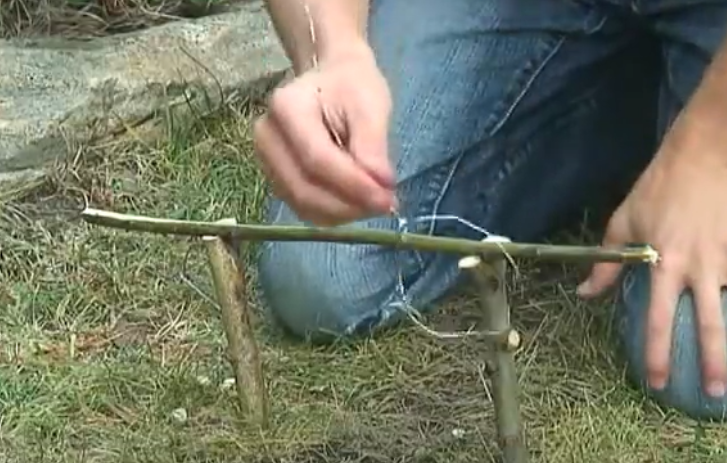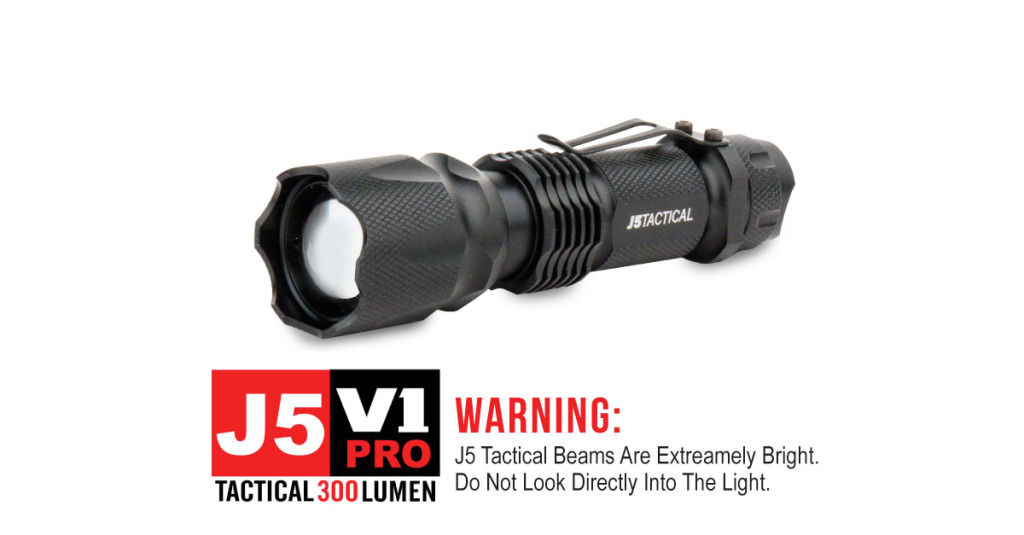Make A Drag Snare Easily
There are times when it’s good to fish and hunt, but there are also times when setting a trap and waiting for dinner to show up is a better option. One of the easiest traps to create is a drag snare, and you can get one put together and ready for action in just a couple of minutes with minimal tools. In fact, all you really need are some sticks, a line of wire or some paperclips and string. You can catch a number of different animals based on the size of the trap and what species occupy the land, and this great hack can help to free up some extra time and energy.
Three Sticks
You need three sticks, two of them that have stubs or off-shoots. These will be the side posts that hold the crossbeam that holds the snare. For catching small animals such as rabbit or squirrel, use sticks that will stand about six to nine inches above the ground after being planted. Make the width about the same. This will create a frame that is large enough to draw in and entrap the animal while being easy to camouflage as well. Make sure that the supporting stumps or branches are facing backwards in relation to the direction of the trap once the animal is caught. This will help to anchor the crossbeam and prevent the animal from running off with it.
The Snare
The best way to make a snare is to take a length of wire and twist up two loops, one on each end. One loop should be about the width of a dime whereas the other should be about the size of a quarter or half-dollar. Feed the smaller end through the larger loop, and now you have an adjustable noose that will tighten as soon as the animal sticks in its head. You want to tie the end with the small loop around the crossbeam stick to anchor the snare to the rigging. Make the larger loop about twice the diameter of whatever animal you are trying to catch.
You want to have the snare almost touch the ground, but don’t let it lay flat. You can let it hang on an angle as well, and you may have to practice until you find the exact position that seems to work best. When animals walk through the loop, their shoulders will cause the loop to catch on to the body while their forward motion will cause the noose to tighten around their necks. As long as you have your side sticks firmly planted in the ground, the trap should be able to withstand the forces of the struggling animal.
If you don’t have a wire, you can also use cord, string and a couple of paperclips to make the noose. You also may be able to make the noose with the cord alone, however it may be a challenge to retain the circular shape that is necessary to entrap the animal. Also, keep in mind that making the trap is only one part of the overall process of baiting and locating the device in an area that has a lot of animal traffic. However, the trap itself will work as long as it’s in the right place. Keep in mind that you may also want to build a number of traps to increase your coverage and potential to capture a number of animals in one hunt.


